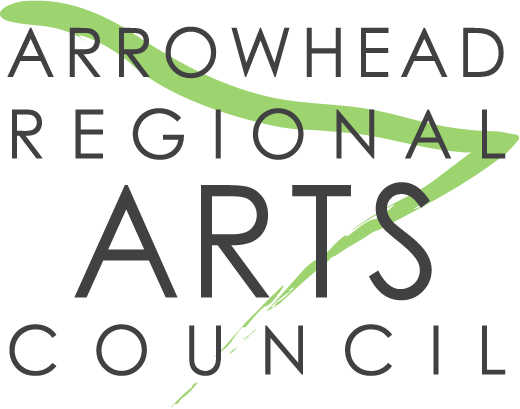Evaluation Guide
Below you will find more information and tips on creating a successful evaluation in a grant application.
Before you begin writing this part of your application, carefully read over the grant’s guidelines and/or review criteria to see exactly what they want from this.
If you need any further help with program evaluation, please reach out to info@aracouncil.org.
-
Evaluation - A systematic method for collecting, analyzing, and utilizing data to examine the effectiveness of your programs. “How will you know your program was successful?”
Evaluation is NOT…
One-Size-Fits-All
Evaluation plans depend on your program logic/design. It won’t necessarily be the same for every applicant, program, or grant.
Solely Quantitative
Although quantitative data is important, it does not need to be the entirety of your evaluation plans.
Totally New Work
You can use information you’ve already collected. If you do annual/quarterly reporting or any sort of feedback collection, you can utilize these things in your evaluation plan. Work smarter, not harder!
-
When writing your program evaluation on a grant, you should include both program logic/design and evaluation plans. Some grants make these two separate questions, so read the application carefully.
Program Logic/Program Design
These are the goals, objectives, outcomes, activities, etc. of the program.
Evaluation Plans
These are the ways in which your organization will measure the effectiveness of the program you have designed.
"Measuring" and evaluation questions allow you to think outside your project for a minute and look at the big picture of your artistry goals, don't waste the opportunity to have fun with this question.
Use measurement tools that genuinely serve your needs—if a survey isn’t necessary, don’t include one just for the sake of it. However, if you do use a survey, be clear about the types of questions and their connection to your goals.
For example, if your goal is to increase appreciation for spoon-carving through a workshop, a post-event survey asking participants to rate their appreciation on a scale of 1-10 would be appropriate, whereas tracking website views may not be. Thoughtful evaluation also makes final reporting easier by providing clear reference points.
For example, let's say you have a successful grant application and your application states that you will "increase attendance to my annual event from 100 to 150 audience members". Suppose you complete your project and have an audience count of only 130 people. In that case, you will not be penalized - but it will be helpful in your final report to think about what could have improved audience turnout, while also celebrating the fact that you did get at least 30 more audience members attending the event.
Again, evaluation is a tool for you; the way we use it is more to have a way of understanding what changed as a result of the funding we provided.
-
Participation Data
Participants Numbers/Demographics
Motivation for Attending Events
Accessibility Assessments
Marketing Data
Where did participants hear about this event?
Where were tickets purchased?
What marketing strategies were used?
Financial Data
Memberships
Donor Numbers
Economic Value
Project Costs/Income
Impact Data
Perceived Benefits
Changes in Behavior/Attitudes
Learning Outcomes
-
Goals
Ideal dreams for the beneficiaries of the program.
All goal statements should center on the program participants
For example, “Develop an educational photography program for teens.” becomes “Teens ages 13-18 will feel empowered to tell their own stories through photography & develop technical skills.”
Objectives
Types of activities/interventions your program will target to affect the beneficiaries of the program
Based on the previous example, objectives could be “Teach participants photography fundamentals such as composition, lighting, and editing”, “Encourage participants to explore and capture their unique experiences through photography.”
Activities
Specific tasks your organization will complete to reach the objectives.
TIPS: For new programs, think about including some of your organization’s core activities if they help your program’s beneficiaries reach the objectives.
Outcomes
Measurable changes beneficiaries will experience as a result of the program you are proposing
TIPS: Use words like increase, decrease, maintain, etc. Consider exactly how and on what timeline you will measure these.


